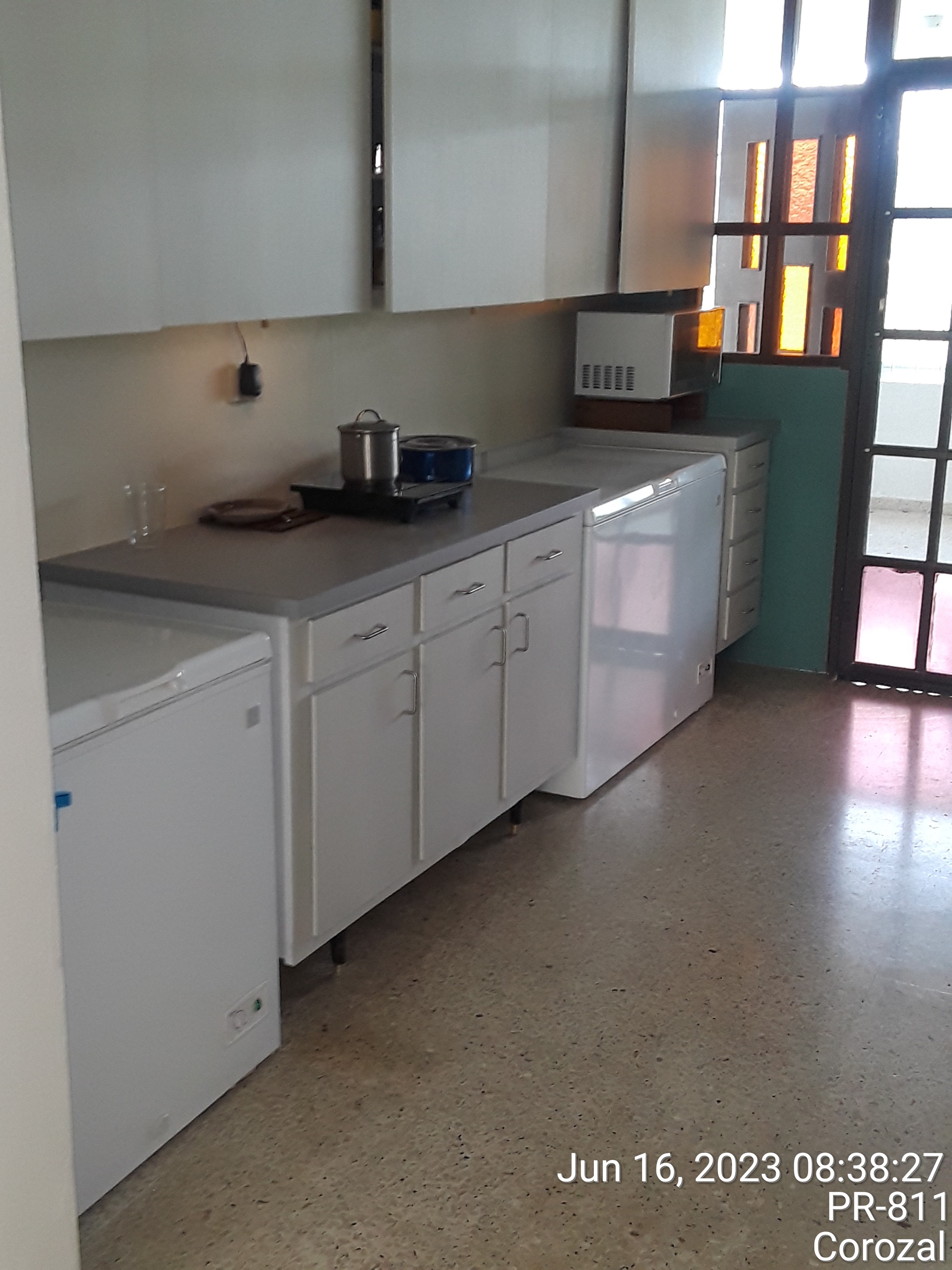this post was submitted on 16 Jun 2023
18 points (100.0% liked)
Offgrid living
663 readers
21 users here now
Everything off grid; power, water, self-sufficiency; whether you're doing it or aspiring.
founded 1 year ago
MODERATORS
you are viewing a single comment's thread
view the rest of the comments
view the rest of the comments
I think in DIY solar PV it is very useful to think about not trying to connect your entire 240V AC house network like most commercial turn-key solutions do.
Sometimes the better place is to look for options to directly utilize the 12/24V power or use smaller inverters at specific places, like directly connecting a heat-pump that's near the battery pack anyway or something like that.
Of course this assumes that you are not entirely off-grid. Although then it is worth considering to have the main house network use 12/24V DC similar to a caravan or a boat.
When we built an off-grid house, I considered building in 12V circuitry throughout, but decided against it. There were two reasons: 1) providing a significant system of 12V circuitry required a bit investment in wire - at 12V, the amperage for delivering significant power is relatively high and power dissipates in wire proportional to the square of the amperage. You have to provide big wires compared to the size of AC circuits (10X more voltage means 10X less current). and 2) the market for 120VAC devices is huge compared to that for 12V devices. This means there is a lot of efficiency of production and distribution. A 12V refrigerator is a specialty item and few are made or kept in inventory - if they are, it is for a luxury market and prices tend to be inflated. But people are replacing 120V refrigerators every day so an appliance store can stock them. Repairmen are familiar with them. There are a lot of choices of models.
Agreed on the wiring for larger houses, however I don't really agree on the appliances side. In some cases it's true but then you can just add a small inverter just there to run the fridge only, but the market for caravan equipment is huge otherwise and those appliances have the big advantage that they are usually already optimized for low power consumption and thus the overall size of your PV system and especially the battery can be smaller.
The main appliance-economization we used was to not have an upright refrigerator. Chest-type freezers work on the same principles and with the same machinery, but because they are made to be colder, they tend to be better insulated. Also, when you open them, the cold air does not spill out (and be replaced with warm, tropical air). Of course we don't want everything to be frozen, so we replaced the freezer thermostat with a refrigerator thermostat ($20). Unfortunately refrigerator thermostats come with a different knob-shaft to keep idiotic repairmen from installing the wrong type, I suppose. So that required a bit of "customization" to make the factory knob fit the "wrong" thermostat. One must be flexible! I like the low-form look it gives the kitchen.
left (smaller) unit is a chest freezer unmodified. right (larger) unit is modified to refrigerate but not freeze.
Excellent idea with the freezer to fridge conversion.
I thought of hooking up the washing-machine directly to my solar-thermal hot-water system to save energy, but apparently that is very difficult to control and the washing-machines made for it are indeed very rare and super expensive. But I guess that is only a problem in the slightly colder climates.
I went for a compromise: my house is equipped with 24 V DC cabling (PC PSU sockets as wall sockets) and likewise has a 240 V inverter.
Small stuff that is always on (router, alarm system) connects to the DC lines with DC/DC converters. Also: circulation pump, LED lights, 3D printer, small battery chargers - these use DC.
Most rooms have fairly limited wiring, so a huge amount of copper wasn't spent... except in the direction of the water tank. In that direction, wires are massive because my opportunistic heat storage system (when the season is cold and excess solar energy becomes available) also uses DC.
Big stuff (charging the car, pumping heat or irrigation water, drilling, welding, cutting) uses AC.